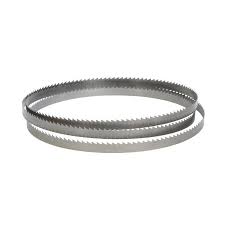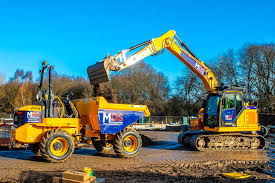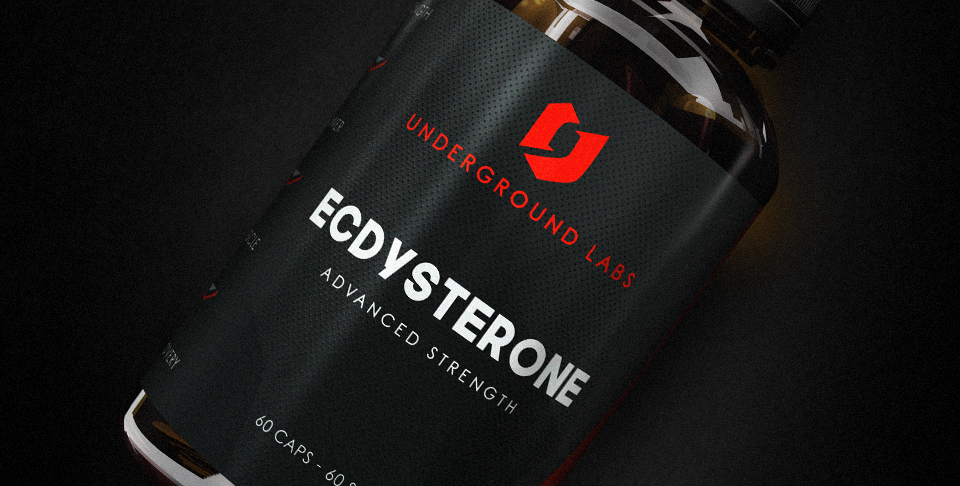
Metal Bandsaw Blades: Why Is TPI Important?
Why does TPI matter in metal bandsaw blades you ask? Well, using a metal cutting bandsaw can vibrate a lot if you’re not careful. The main cause is the blade teeth hitting the metal when they cut. If the gap between the teeth is bigger than the thickness of the metal, each tooth hits separately instead of continuous contact.
This constant ‘banging’ of the teeth on the metal edge causes bad vibrations. It wears down the teeth faster, chips them, gives a crappy finish, and is super loud. Trying to cut too fast with teeth that are too big makes it even worse.
You never want the metal you’re cutting to fit between the blade teeth. Even at normal speeds this will trash the blade teeth and the metal. The minimum teeth per inch (TPI) should always be enough so more than one tooth touches at a time.
But you don’t want a crazy high number of teeth touching either. Too many TPI lowers cutting speed and can overheat the blade. The best TPI balances cutting efficiency, speed, and keeping vibration low.
This table gives a lowdown on the recommended metal bandsaw blades TPI for different materials.
Material Recommended TPI Range
Aluminium sheet 8-10
Aluminium pipe 6-8
Solid aluminium 6 TPI or coarser depending on thickness
Steel tube 6-10, 8-12, 10-14 variable pitch
Steel sheet 8-12 or 10-14 variable pitch
Solid steel 6-10, 5-8, 4-6 variable pitch
Steel cutting using small/portable bandsaw 10-14 variable pitch
Basically, the thicker the material you’re cutting, the fewer teeth per inch (tpi) you’ll want on your bandsaw blade. As a general rule, the tpi should be about half as much when you double the thickness. So if you normally use a blade with 10 tpi for 1/4″ material, go with about 5 tpi for 1/2″ material. The tpi is inversely related to material thickness – the thicker it is, the lower the tpi needs to be. Let the material guide your tpi choice.
So to recap, vibration sucks and mainly happens when the blade teeth spacing is bigger than the metal thickness. Get the TPI right and multiple teeth will be cut at once. This spreads out the impact for smooth, vibration-free cuts. Too few TPI also wrecks blades and metal. But too many TPI has its own issues. Finding the sweet spot TPI for the metal thickness is key to good bandsaw cutting.



